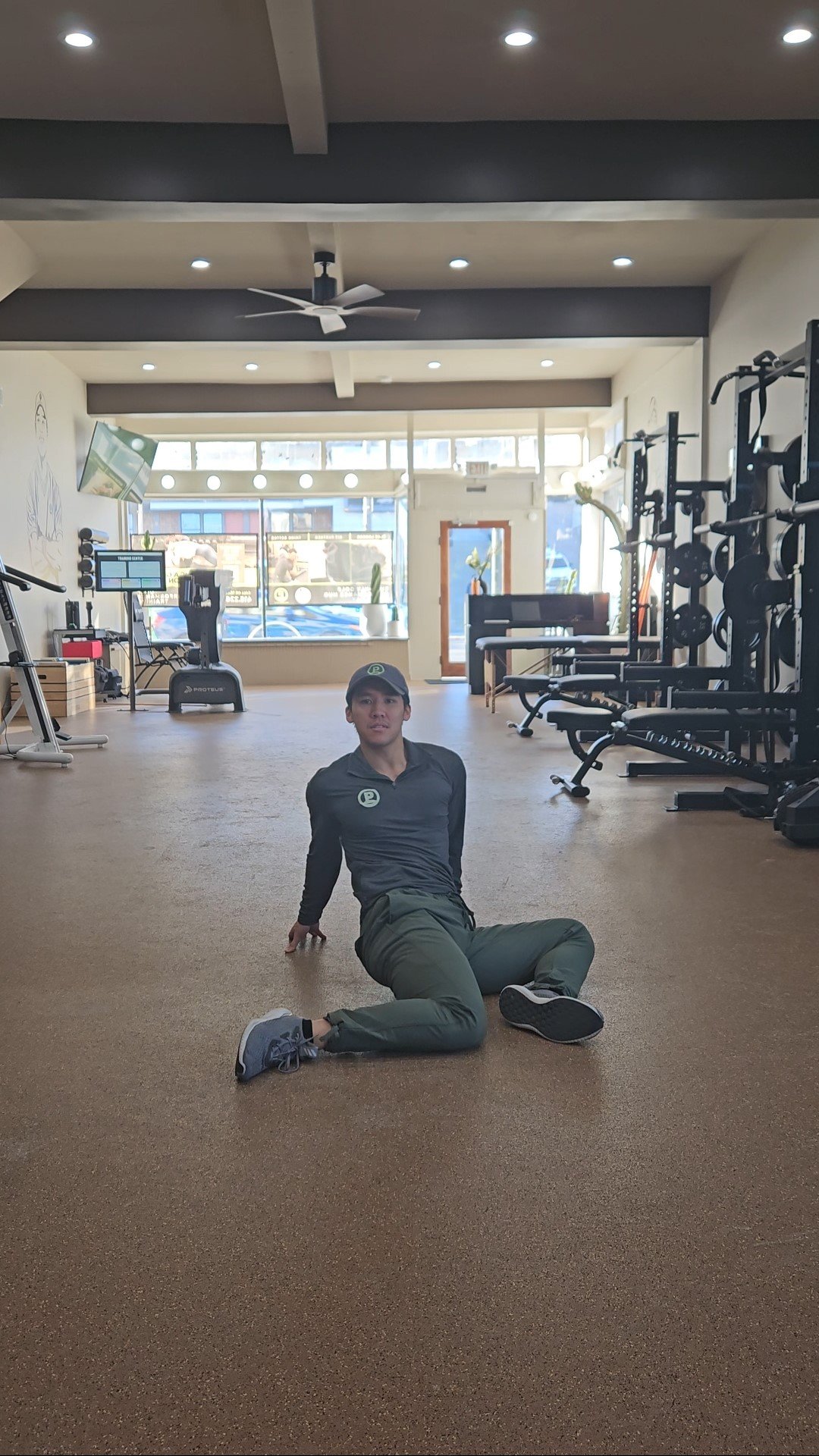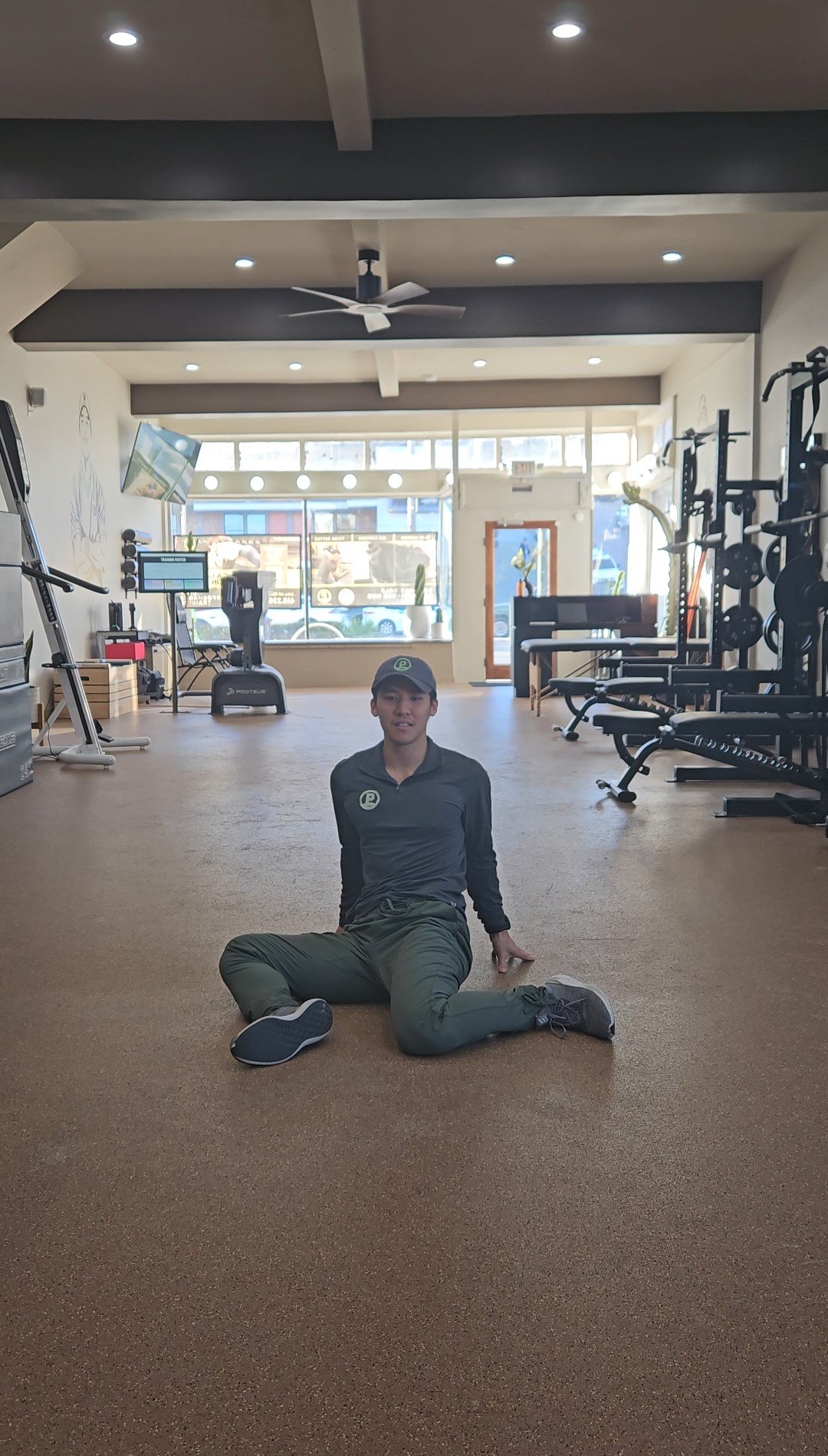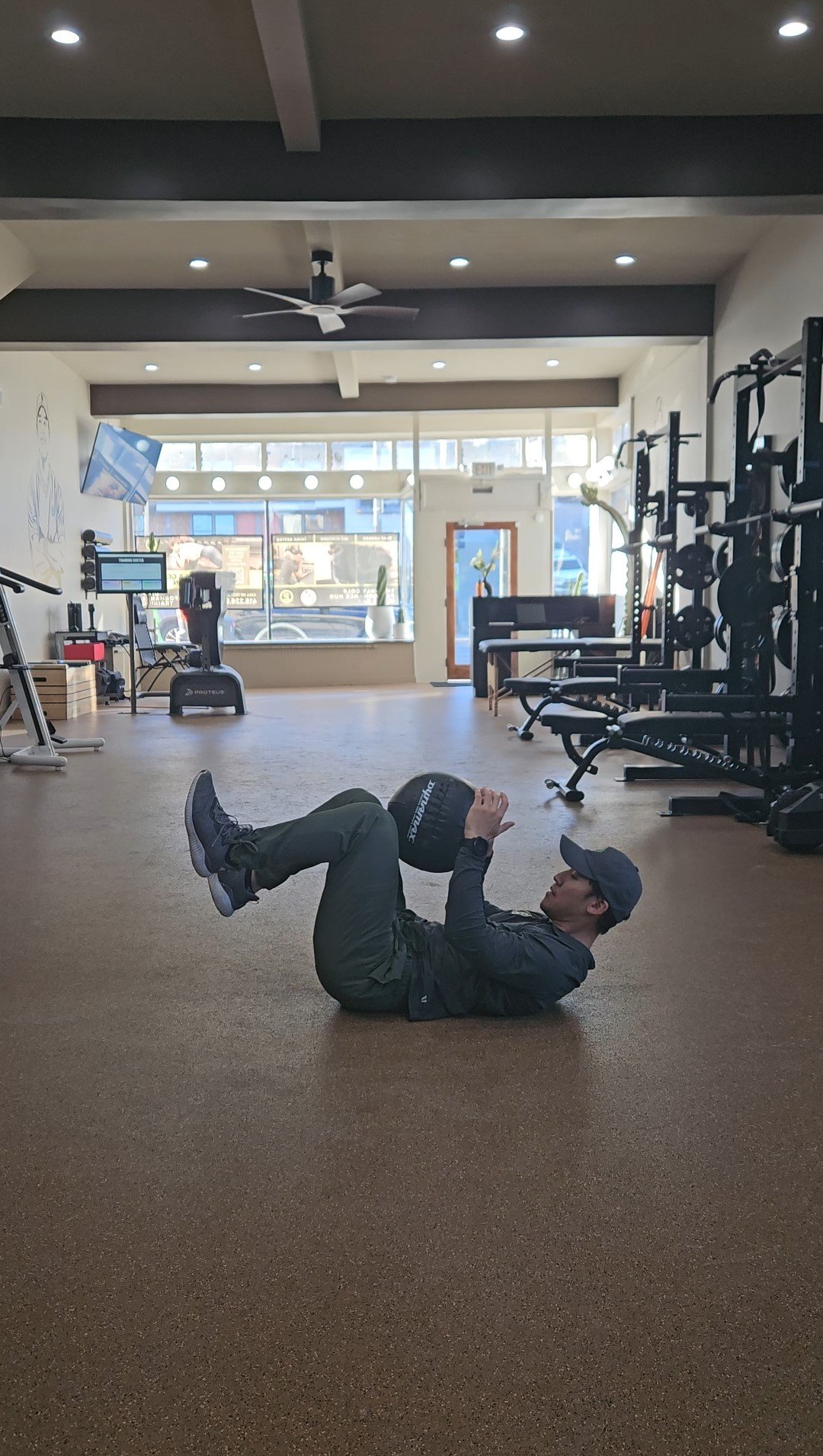Causes of Lower Back Pain For Golfers
Golf is a popular sport due to its accessibility for people of all ages, but it does present a significant challenge: the golf swing that can cause lower back pain for golfers. The golf swing is one of the most complex movements in sports due to its intricate sequencing. Young amateur players often exhibit high variability in their swings, which can often lead to injuries.
One of the most prevalent injuries in golf is lower back pain. This issue is usually caused or exacerbated by the high physical demands of the sport, lack of proper body preparation, poor swing mechanics, and overuse.
Table Of Contents
Understanding the Body's Structureolfers
The Role of Golf Swing Mechanics
The Risk of Overuse
Combatting Lower Back Pain
Combatting Lower Back Pain
Benefits of Strength Training and Conditioning
The Advantages of Strength Training
Exercises for Back Pain
90/90 Hip Flips
Side Plank
Deadbug
Bird Dog
Quad Stretch
Understanding the Body's Structure
We must first understand the body's structure to address these risk factors. The body comprises muscles, joints, tendons, and bones, all playing roles in the golf swing. Specifically, each joint within our body is interdependent. Our joints are organized alternately between stable and mobile joints. Take the leg, for example. Starting from the hip and going down to the ankle, we have a mobile joint (the hip), followed by a stable joint (the knee), and then another mobile joint (the ankle).
Mobile joints can move in all planes of motion, while stable joints are fixed and mainly responsible for flexion and extension. This interchange is crucial because if a mobile joint loses its range of motion and becomes stable, the joint above or below it compensates by becoming more mobile. This compensation is one of the reasons why golfers often experience lower back pain. The lumbar spine, normally for stability, becomes mobile due to reduced mobility in the hips and thoracic spine.
The Role of Golf Swing Mechanics
Poor swing mechanics are another reason amateur golfers often experience lower back pain. When comparing amateurs to professionals, lower back pain typically results from swing variability and inadequate mechanics, whereas professionals tend to suffer from lower back pain due to overuse. Poor swing mechanics are closely linked to insufficient body preparation.
Major swing characteristics related to lower back pain, as explained by the Titleist Performance Institute (TPI), include the reverse spine angle, S posture, and early extension. These swing characteristics impose increased stress on the lumbar spine, and through repeated swings, the lower back experiences shearing and compression forces.
The Risk of Overuse
Overuse is another risk factor for developing lower back pain. With the sheer amount of practice on the technique required to hit the golf ball consistently, along with the variety of different clubs, the number of swings at practice increases. Low back pain is further intensified when paired with a lack of body preparation and poor swing mechanics.
Combatting Lower Back Pain
To summarize, everything is interconnected within the sport of golf. When you lack the ability, mobility, or stability to handle the repetition of the club swing, you will ultimately begin to experience lower back pain. Ways to combat this would be to focus on mobilizing the thoracic and the hips while also strength training.
Why Strength Training And Conditioning Benefit Your Health And Golf Swing
When preparing your body for golf, it's essential to incorporate both cardiovascular and strength training. Neglecting either can have a significant impact on your golf performance. If you prioritize cardiovascular exercise, your muscles may shift into an aerobic state, potentially reducing muscular strength and, consequently, diminishing power generation and stability during your swing.
Cardiovascular health enables your body to supply oxygen to muscles and tissues but also removes waste products, allowing for improved recovery and longer playing endurance. On the other hand, when prioritizing strength training over aerobic conditioning, you may find it more challenging to walk 18 holes, and your body's post-round recovery could be compromised.
The Advantages of Strength Training
While strength training can undoubtedly enhance a player's power during the swing, its primary advantages are oriented toward the ability to play at any age. Strength training offers a range of benefits, including improvements in overall physical performance, increased bone density, and enhanced joint stability, reducing the likelihood of injuries.
Ultimately, these advantages enable players to swing the golf club consistently and confidently. For optimal results, it is highly recommended to combine both strength training and other golf-specific conditioning practices to enhance both playing endurance and the ability to achieve greater distances.
Exercises for Back Pain
Here are Five exercises to combat lower back pain in golf.
90/90 Hip flips
Execution
Place your hands behind you to maintain balance.
Bend your legs until both knees are at 90 degrees and touching the floor. One hip should be internally rotated, and one hip should be externally rotated.
While keeping a tall posture, flip your legs over, pivoting on the heels of the foot.
Suppose this is too hard; lean back until you can turn your hips smoothly. This should be challenging but not too hard to where you are hunched over.
Perform the desired repetitions.
Benefits
The benefit of performing the 90/90 hip flip is getting into internal and external hip rotation. By mobilizing the hips, the player does not have to compensate for the lack of mobility in the hips with their lumbar spine or their knee. Therefore lowering the possibility of improper swing mechanics and lower back pain.
Side plank
Execution
Start by lying on your side with feet stacked over the other
Bend your elbow to 90 degrees and place it directly under your shoulder with the forearm should be flush against the floor
Keeping your body in a straight line, lift your hips off the ground.
Engage your glutes and core to maintain alignment.
Inhale deeply through the stomach and fully exhale, contracting the abs as much as possible.
Repeat for the desired repetitions and switch to the other side.
Benefits
Side planks are great for increasing core stability. By targeting muscles such as the obliques and the transverse abdominals (deep abdominal muscles), the player can develop better stability during the swing.
Deadbug
Execution
Begin by lying flat on your back.
Raise your arms up towards the sky and your legs with the knees at 90 degrees.
Place a ball or solid object between one of the hands and knees to maintain tension throughout the entire movement.
Engage the abdominals, ensuring that the lower back does not arch and is pressed against the floor.
While maintaining this position, slowly extend the leg and arm without the lower back arching.
As you extend your arms, exhale, and when you return to your original position, inhale.
Repeat for the desired number of reps and then switch sides.
Benefits
Deadbugs are great for increasing core stability as well. It reinforces the body to not be in an anterior pelvic tilt position (S posture) that many people start to develop due to a lack of pelvic control.
Bird Dog
Execution
Begin in a quadruped position.
Perform an anterior pelvic tilt (tucking the tailbone) to flatten the lower back.
From this position, slowly extend the opposite leg and arm outwards while maintaining a flat lower back.
Return to the starting position and perform desired repetitions.
Benefits
The bird dog provides the benefits of balance, core training, and coordination while keeping it minimal and low impact. The bird dog forces the lower abdominals to maintain posterior pelvic tilt, stabilizing the lower back while extending both arms and legs.
Quad stretch
Execution
Begin in a half-kneeling position where the knee of the front leg is at 90 degrees while keeping the other knee directly under your hip.
Slowly engage the glutes and the abs to maintain a posterior pelvic tilt.
You should feel a stretch in the front to the hip and thigh of the extended leg.
To increase the intensity of the stretch, simply lift your arms up and bend toward the side of the front leg.
Inhale as the arms are straight overhead, and exhale as you bend towards the side.
Repeat this step for the desired number of reps, and then switch legs.
Benefits
The quad stretch allows for the hip to get into full extension. Due to the common symptoms of sitting in a chair for extended periods, players might begin to lose hip extension, which can cause the glutes not to fire correctly. Also, a lack of hip extension can cause the pelvis to be pulled into an anterior-loaded position.
If you're serious about golf, you must train with the best. At our Bay Area golf training locations, we offer a comprehensive approach to improving your game. Our experienced coaches will help you build strength, improve flexibility and stability, and hone your skills.
Our comfortable and supportive environment will help you stay motivated and focused on your goals. Click here to book an assessment today and start playing better golf tomorrow!
References
Deckard L. (2021). A targeted approach to evaluating the golfing athlete with low back pain: A resident's case report. International Journal of Sports Physical Therapy, 16(3), 636–650. https://doi.org/10.26603/001c.23470
Edwards, N., Dickin, C., & Wang, H. (2020). Low back pain and golf: A review of biomechanical risk factors. Sports Medicine and Health Science, 2(1), 10–18. https://doi.org/10.1016/j.smhs.2020.03.002












